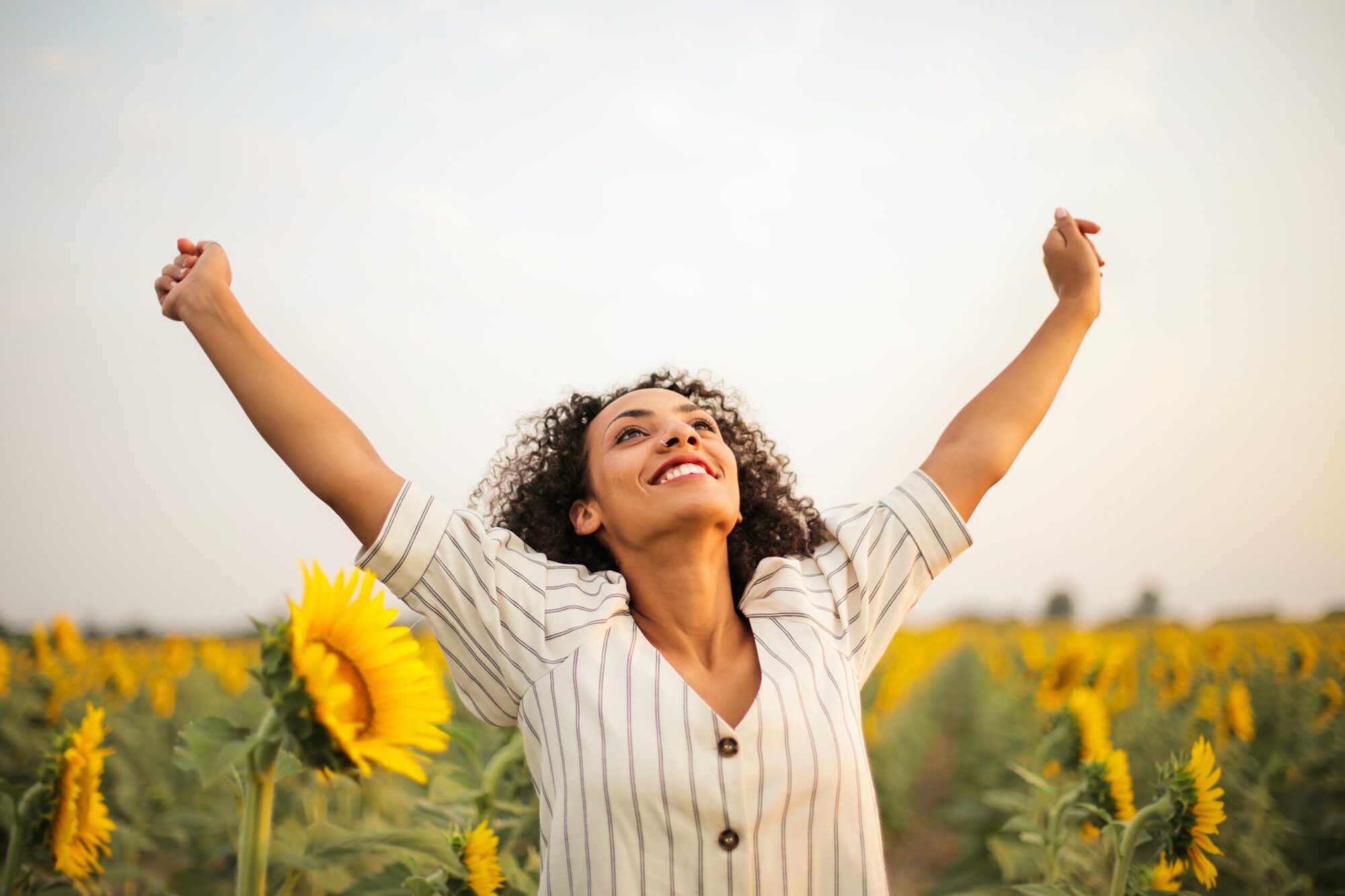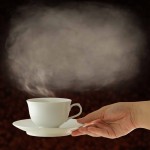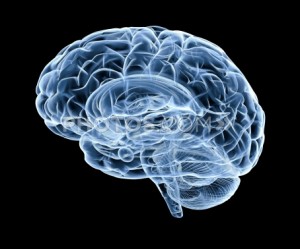
Most people I know admit that fear affects their decision making in some way. In a way that they feel usually holds them back from attempting to accomplish something new. To overcome this fear it may not be enough to simply recognize its existence. It is a start to recognize that fear is fueling an internal distraction; but all that might do is bring to your awareness that something is holding you back.
Many offer what appears to be a simplistic solution such as, “Just go for it! Get over it!” Or they may share a cliché such as “Nothing ventured, nothing gained”. As true as these statements are, the often fall short of releasing someone, or equipping someone to move forward with confidence and competence.
It can be difficult to overcome a nebulas obstacle. For many identifying and understanding the source of the fear can be an important part of moving beyond the fear into new areas of success. This process should not devolve into an endless loop of self-pity. It should be with the intent of addressing and ultimately overcoming the obstacle. This process itself takes courage!
Some shrink away from this process are assert that this sort of what they may call “navel-gazing” as pointless. If it turns into navel-gazing, I would agree. If we become self-absorbed and stuck in the fear or the past we are not addressing and overcoming. Yet if we do not face and deal with whatever reality is holding us back then we are not likely to be able to boldly move forward.
The first step may be to acknowledge and accept that there is some fear holding you back. Don’t stop there! Courageously and patiently move forward. If you feel stuck, have the courage to reach out for assistance. Sometimes friends can help. If not, a counselor, mentor, pastor or coach can help identify the core elements that may be holding you back.
It takes work to overcome our internal obstacles; but the rewards are great. When we overcome these things we are free to act; and even free to not act. In our freedom we may find that our lives take on an entirely different direction then we expected when fear was guiding our thinking.
Some will not enter into treatment for PTSD, or any other issue, because of fear. Fear that they will be seen as week. Fear that the treatment won’t work. Or many other fear based obstacles. We can overcome fear. For me, as my faith in God grows stronger fear starts to take a back seat.
Today is the day that can start to turn around. If you need someone to walk this part of your journey with you contact me at david@hopeandrestoration.org
How have you overcome fear in the past? Please share your experience in our components section (at the top of the post).




